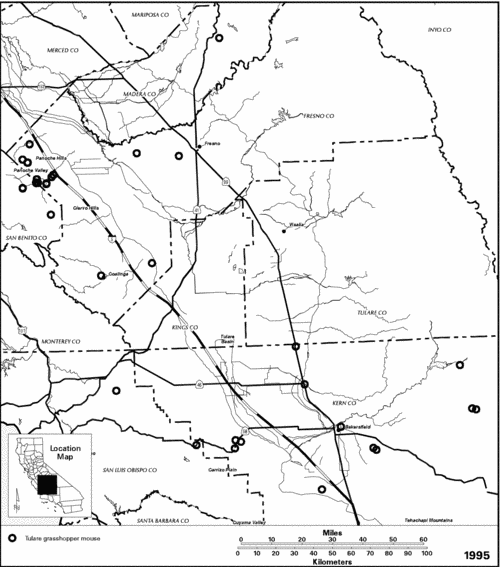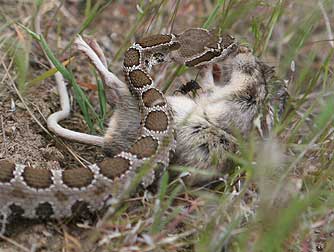


Nine of the 42 unique composite haplotypes are present at two or more localities and are used for the orientation analyses. In the eastern clade, however, three subgroups are recognized. The western clade shows little phylogenetic structure and seems to represent a large polytomy. Two principal phylogroups, distributed as eastern and western moieties, are evident from the phylogenetic analyses (mean sequence divergence for cytochrome b is c. Results Collecting activities showed that M. pallidus is a rather rare rodent (mean trapping success was 2.88%), and its distribution has changed little from that determined three-quarters of a century ago. Directional analysis of phylogeographical patterns, a novel method, was used to examine angular measurements of haplotype sharing between pairs of localities to detect and quantify historical events pertaining to movement patterns and gene flow. Molecular sequence data were analysed using neighbour-joining, maximum-parsimony, maximum-likelihood and Bayesian methods of phylogenetic inference. Methods Mitochondrial DNA sequence data from portions of three genes (16S ribosomal RNA, cytochrome b, and transfer RNA for glutamic acid) were obtained from 98 individuals of M. pallidus representing 27 general localities sampled throughout its geographical range.

Location The Great Basin Desert region of western North America, especially the sandy habitats of the Lahontan Trough and those in south-central Nevada. In addition, we test for orientation patterns in haplotype sharing for evidence of past episodes of movement and gene flow. Our principal intent is to identify its current geographical distribution and to formulate a phylogeographical hypothesis for this taxon. The pallid kangaroo mouse, M. pallidus, is a sand-obligate desert rodent. Aim Kangaroo mice, genus Microdipodops Merriam, are endemic to the Great Basin and include two species: M. pallidus Merriam and M. megacephalus Merriam.


 0 kommentar(er)
0 kommentar(er)
